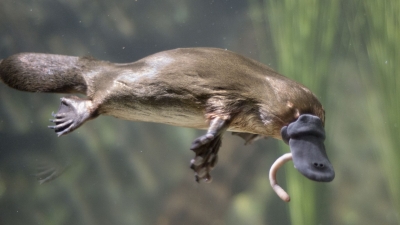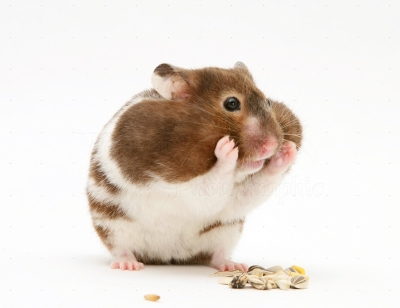
While many animals in the world look dangerous and live up to their frightening appearances, there are many others which pose little to no threat to us humans.
Here’s my list of 7 scary looking animals that are practically harmless.
1. Gharial
Many people would be right to fear a gharial if they’ve heard stories about how other crocodilians kill hundreds of humans each year, but is this slim snouted creature really as dangerous as its cousins?
In truth, gharials only hunt small prey like fish and frogs as their jaws are too slim and weak to take down larger quarry. As a result gharials are unable to attack large prey, namely humans.
2. Milk snake
While, the milk snake may bear a striking resemblance to the venomous coral snake they are completely harmless. They have no venom and are actually quite docile in nature which makes them pretty good pets for reptile lovers.
3. Sand tiger shark
Most people know that sharks in general don’t deserve their fearsome reputation as an eating monsters but very few of them are completely harmless. While, the great white, tiger and bull shark have all been known to kill people, the sand tiger shark is actually completely harmless.
This shark’s barbed jaws may look threatening but these scary looking teeth are exactly what keep this fish from being even a slight danger towards us. The shark’s mouth is too small to cause a human fatality so only squid and fish fall victim to this shark’s jaws. While this shark is very docile there have been a few attacks when it’s been provoked…
4. Goliath bird eater
Goliath bird eating spiders may have venom. They may take down small birds and they may be freaking massive but are they really a danger towards humans?
In truth this tarantula’s venom is harmless and is quite similar to how a wasp’s sting would feel. Main difference is that these spiders only bite in self defense, so I’m pretty sure you won’t be bothered by this giant.
5. Manta rays
Manta rays are very large and if you have ever heard of sting rays, you might be frightened by this aquatic creature. Manta rays are actually gentle giants and are only filter feeders, meaning they eat really small prey. To make things better, they don’t have stingers so divers have nothing to fear!
6. Thorny devil
These lizards may be small but I’m pretty sure most of us would be scared if this spiky reptile came charging. Luckily this animal only feeds on insects and when it does feel threatened it squirts blood from its eyes…which may seem gross but wouldn’t really harm a human being. To make things even better, these scary looking lizards run at the first sight of a human being!
7. Basking shark
The second-largest shark species is pretty harmless despite its frightening set of jaws. Like many of the ocean’s largest predators, this creature is a filter feeder and that means humans aren’t on the menu!
Credit : Quora
Picture Credit : Google





